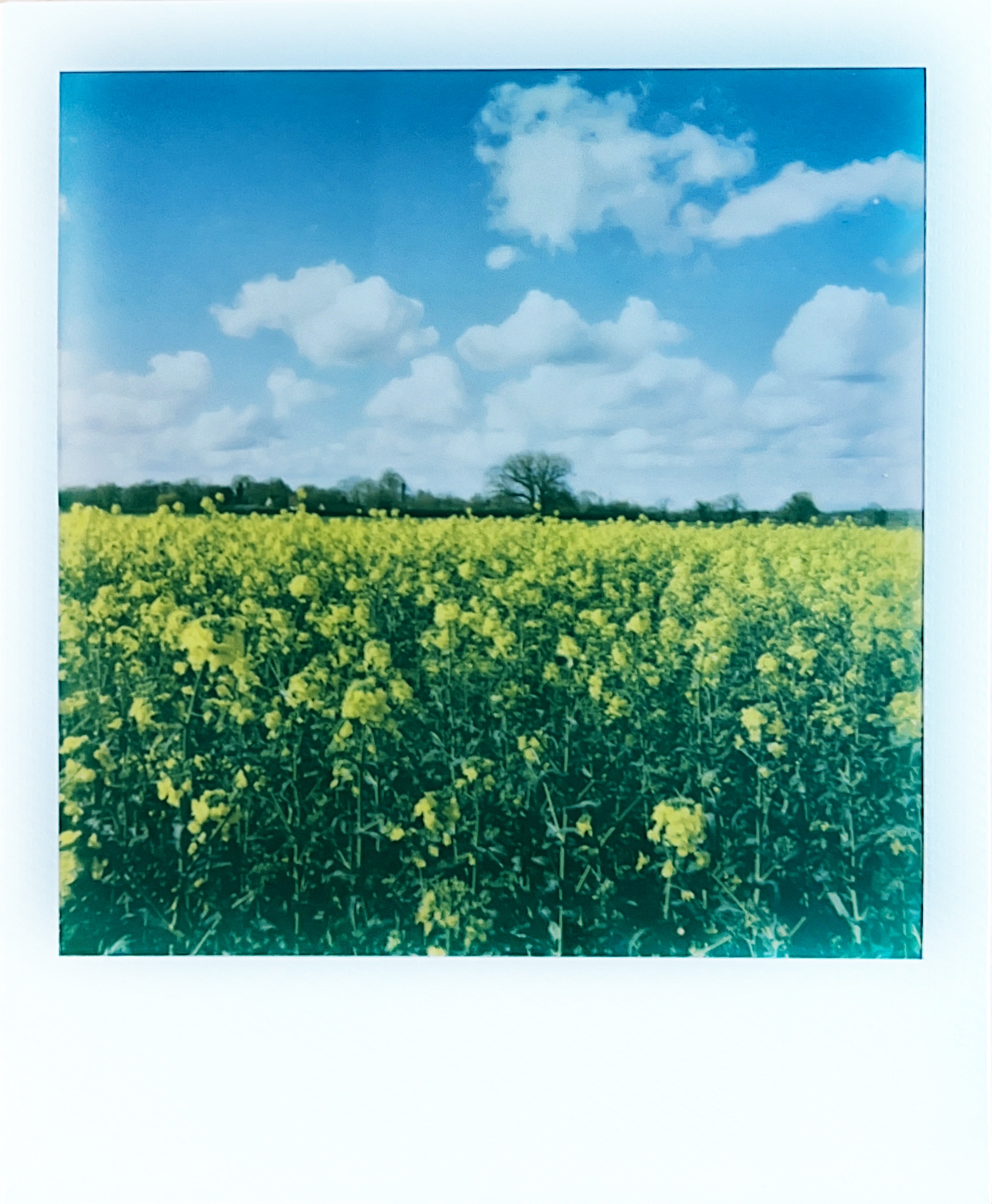Following the Impossible Project redevelopment of the old Polaroid film (see this video clip for a short history: A Brief History of The Impossible Project), things have moved on a pace, with various iterations of the film and cameras and to a point where both a much more stable.
As with Lomography (see the Experimenting with Instant Film blog post), it’s the physicality of film, its smell, touch and texture as well as its unpredictability, that I found the most appealing. The idea of just holding the image that you’ve only just shot and the whole ritual about keeping the photo covered and not too cold until it develops, is thrilling.
So, I decided to buy a Polaroid i-Type camera and try it out, comparing it to my experience with the Lomo Wide camera and Fuji Instax film. As a first off, I love the look, feel and handling of the Polaroid camera and the stability of the newer i-Type film.

The first cassette of film I tried was in quite cold conditions, so I was a little disappointed with the green tinge to most of the shots (see the photo here, including an accidental thumb print on the top right!); had I thought a little more on the day, I could have ensured the film (and my pockets) were a bit warmer. This isn’t something I’d experienced with Fuji Instax film, so it did catch me by surprise.
Things got better with the second and third cassettes, where I made quite sure that they were in a warm pocket quickly after taking each shot. The camera is a delight to use, with a solid construction feel, compared to the Lomo cameras, and very easy loading of the film cassettes. The lens quality is much better than the Lomo, however, that’s the fun of using Lomo cameras and all of the aberrations caused by the cheaper plastic lenses.
I’ve had some really great results using Fuji Instax, with Lomo and Instax cameras and their stability and colour rendition are very strong. What I really like about Polaroid is the warmer look of the film, which makes it great when shooting in brighter conditions. The film, whilst not quite as consistent and stable as the Fuji, is still very reliable.
So, overall, I love the Polaroid film and camera and it brings a different vibe to instant photography, which I want to keep on using. I’d love to try a few ’emulsion lifts’ that Andrew Keedle discusses in his blog post Messing around with Polaroid emulsion lifts. This sounds very tricky but the results are amazing when applied onto more textured paper.






